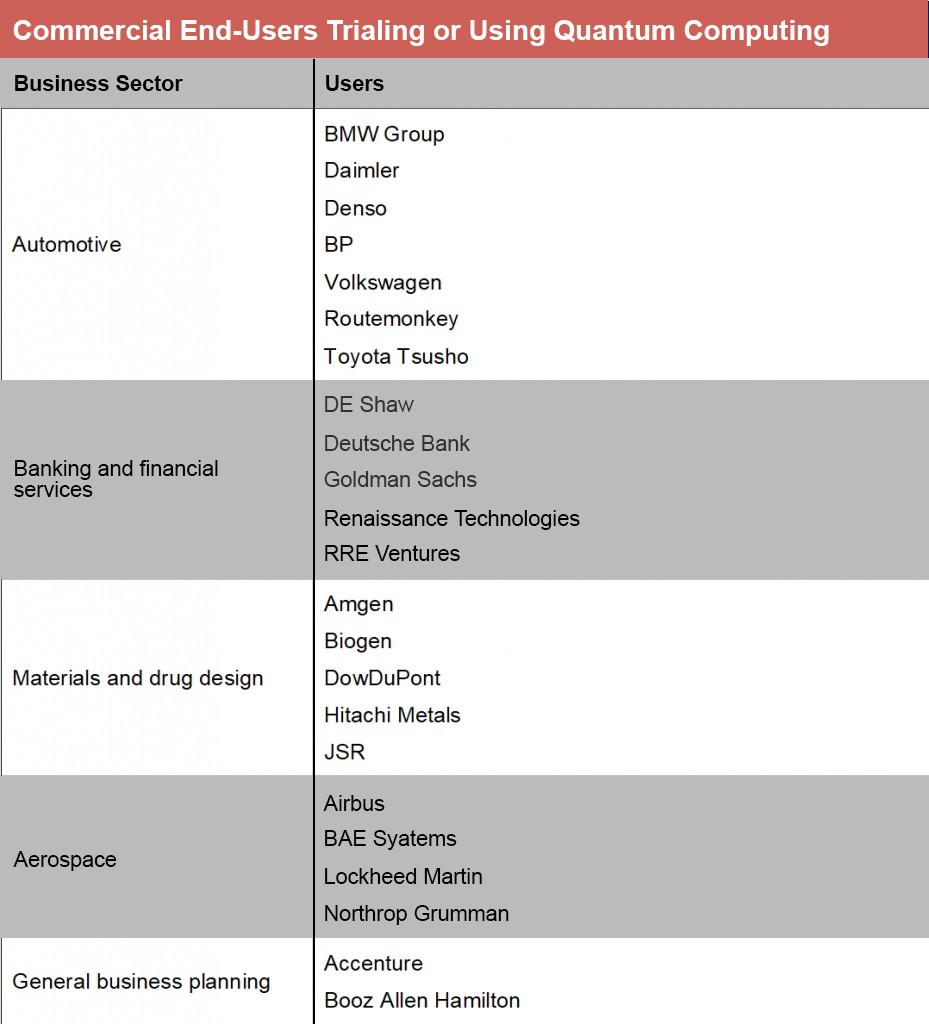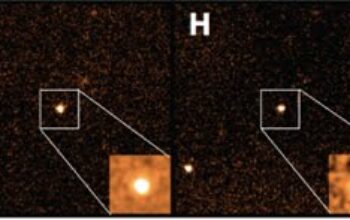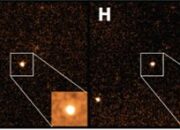As quantum computing edges closer to mainstream adoption, one might ponder a fascinating question: what operating system (OS) will quantum computers employ, and why? At the intersection of cutting-edge technology and theoretical physics lies the pivotal task of developing an effective OS tailored to harness the unique properties of quantum systems. This endeavor is fraught with challenges, yet it promises boundless opportunities for innovation and application.
To appreciate the intricacies involved in designing an OS for quantum computers, we must first explore the fundamental differences between classical and quantum computing. A classical OS is predicated on binary logic—zeroes and ones—but quantum systems exploit qubits, which can occupy multiple states simultaneously due to phenomena like superposition and entanglement. This characteristic necessitates a rethinking of how we approach both hardware and software in the quantum domain.
One potential starting point in the quest for an OS is the adaptation of existing classical systems. Numerous companies and research institutions, such as Microsoft and IBM, have already begun to create quantum programming frameworks like Q# and Qiskit, which serve as the foundation for quantum algorithms. Yet, these frameworks must evolve into full-fledged operating systems that can efficiently manage resources and facilitate user interactions with quantum hardware.
The primary challenge involves addressing the inherent uncertainty and probabilistic nature of quantum states. Unlike classical bits that reliably yield deterministic outputs, qubits produce results that require statistical interpretation. This nuance complicates the task of designing an OS that can provide predictable, user-friendly experiences. Developers must implement algorithms capable of error correction and noise management, which are crucial for enhancing the reliability of quantum computations.
Another fundamental aspect to consider is the underlying architecture that will support the quantum OS. Various quantum computing models, such as gate-based systems, adiabatic quantum computers, and topological quantum computers, necessitate different operational approaches. Each architecture presents unique constraints and capabilities, which influences OS design. For instance, the inherent parallelism of quantum processing may permit the development of ore sophisticated multitasking environments than those available on classical systems. Consequently, identifying a one-size-fits-all solution for a quantum OS may be a Sisyphean task.
As researchers delve into the feasibility of quantum operating systems, they also grapple with questions of usability. User interfaces must simplify complex quantum interactions, allowing domain experts and novices alike to collaborate effectively. Traditional command-line interfaces may not be sufficient for expressing the nuanced requirements of quantum algorithms. Therefore, graphical interfaces incorporating visual representations of quantum states could emerge as vital tools for fostering broader accessibility to quantum computing.
This leads to a central inquiry: can we envision a series of operating systems specifically designed to meet the diverse needs of quantum computing applications? For instance, commercial enterprises may require OS environments optimized for scalable quantum applications, while academic researchers might prioritize those that allow for rapid prototyping and experimentation with quantum algorithms. This segmentation poses an intriguing challenge for developers. Can a modular, extensible OS architecture emerge that meets varying requirements without sacrificing interoperability?
Moreover, software compatibility remains a pressing concern. Quantum OS designers must consider seamless integration with classical systems, given that quantum computers are likely to operate in tandem with classical architectures for the foreseeable future. An effective bridge between the classical and quantum realms could yield significant advantages, enabling hybrid algorithms that leverage the strengths of both computing paradigms. Achieving this compatibility, however, involves addressing the nuances of data transfer and state management between systems with different operational principles.
Furthermore, security measures represent another critical dimension in the development of quantum operating systems. As quantum computing has the potential to disrupt traditional encryption methodologies, it is essential that quantum OS architects incorporate advanced security protocols designed to protect quantum data and computations. The challenge lies in devising a security framework that not only mitigates risks associated with quantum breaches but also adapitates to the evolving landscape of quantum technologies.
By formalizing these considerations, the future of quantum operating systems encompasses an exciting convergence of theoretical physics and practical application. The interplay of various design factors will ultimately determine the characteristics and capabilities of future quantum operating environments. Collaborative efforts among physicists, computer scientists, and software engineers may yield a dynamic ecosystem where diverse quantum operating systems coexist, each tailored to specific applications and user needs.
In conclusion, the question of what OS quantum computers will use invites not only speculation but also rigorous examination. As engineers and researchers make strides toward crafting operational environments suitable for qubits, they must balance complexity with usability, scalability with security. The evolution of quantum operating systems signals a paradigm shift in computing, ushering in an era of unprecedented potential—if we rise to the challenge.










